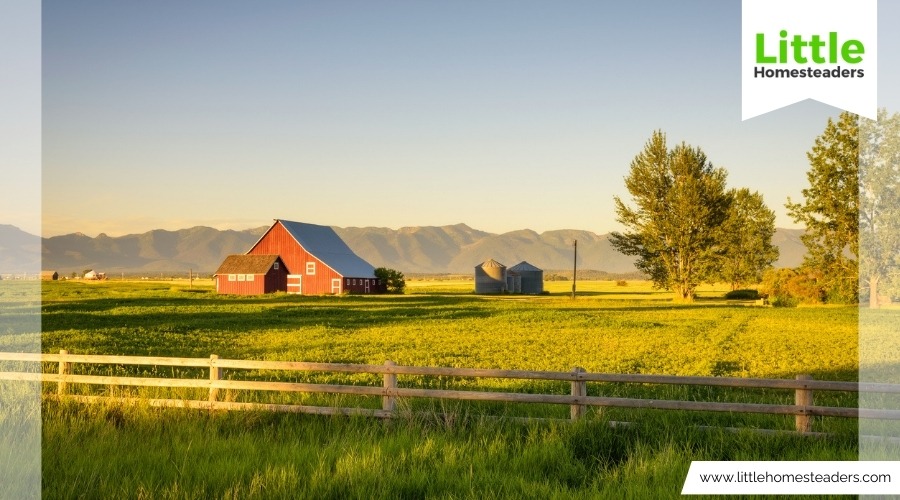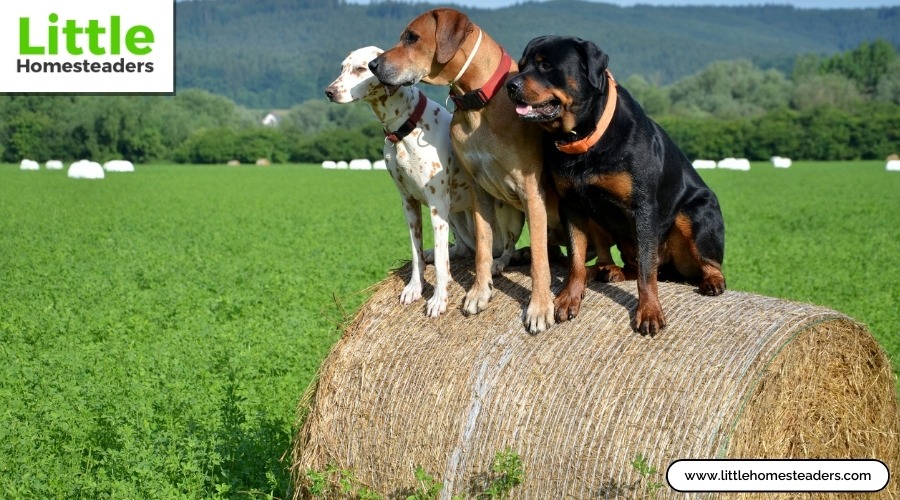Why Having Multiple Types of Animals Benefits Your Homestead
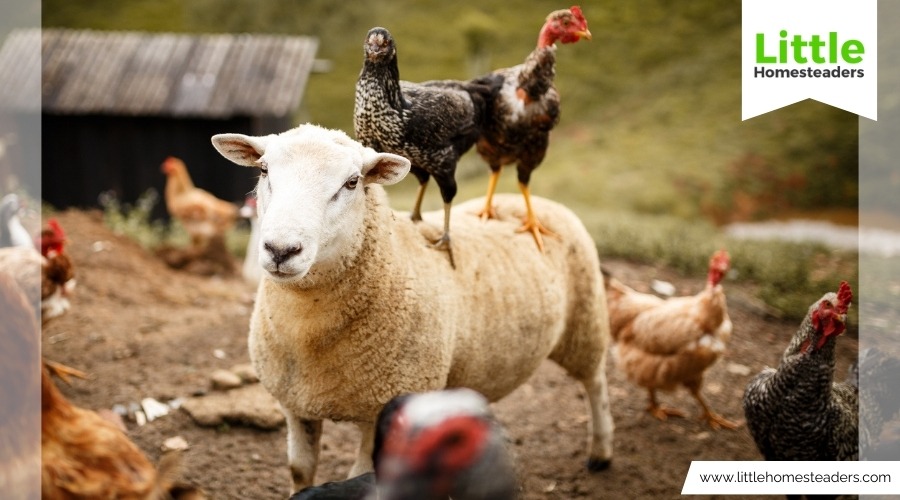
Picture a homestead brimming with life. Chickens scratch around for bugs, goats nibble on shrubs, cattle munch on grass, and ducks paddle through small ponds. It's not just an idyllic scene—it's a highly efficient and sustainable way to run a farm. Raising a mix of animals on your homestead does more than provide variety; it helps create a balanced, productive, and resilient ecosystem. Let's dive into the practical and rewarding reasons why having multiple animal species can transform your homestead.
Diverse Forage Utilization
Each animal species has unique grazing habits and preferences, which means they can work together to utilize your land more effectively. Cattle love grasses, sheep go for forbs, and goats tackle woody plants. By combining them, you're ensuring that nearly every plant type is consumed, leaving less waste and more balanced pastures.
When you manage grazing with intention, you're not just feeding your animals; you're maintaining your land. Goats can clear invasive brush, while sheep graze areas cattle might avoid. This helps keep vegetation from becoming overgrown and ensures better pasture health. Simple tools like movable fencing or rotating animals through designated areas can keep your land productive and prevent overgrazing. These systems also give plants time to recover, creating a sustainable cycle of growth and grazing.
Improved Soil Health
Healthy soil is essential for any farm, and diverse animals can make your soil better than ever. Each species contributes different types of manure, enriching the soil with a mix of nutrients. Chickens add nitrogen, cattle provide organic matter, and other animals contribute unique benefits. This combination feeds the soil, leading to richer, more fertile land.
The perks don't stop there. Manure from varied animals supports a broader range of soil microbes, which helps break down organic material and release nutrients that plants need. Over time, you'll notice your soil retaining more water and producing better forage. By rotating animals through different areas, you also spread manure more evenly, improving soil structure and reducing erosion. This cycle creates a farm that's both productive and resilient.
Natural Pest Control
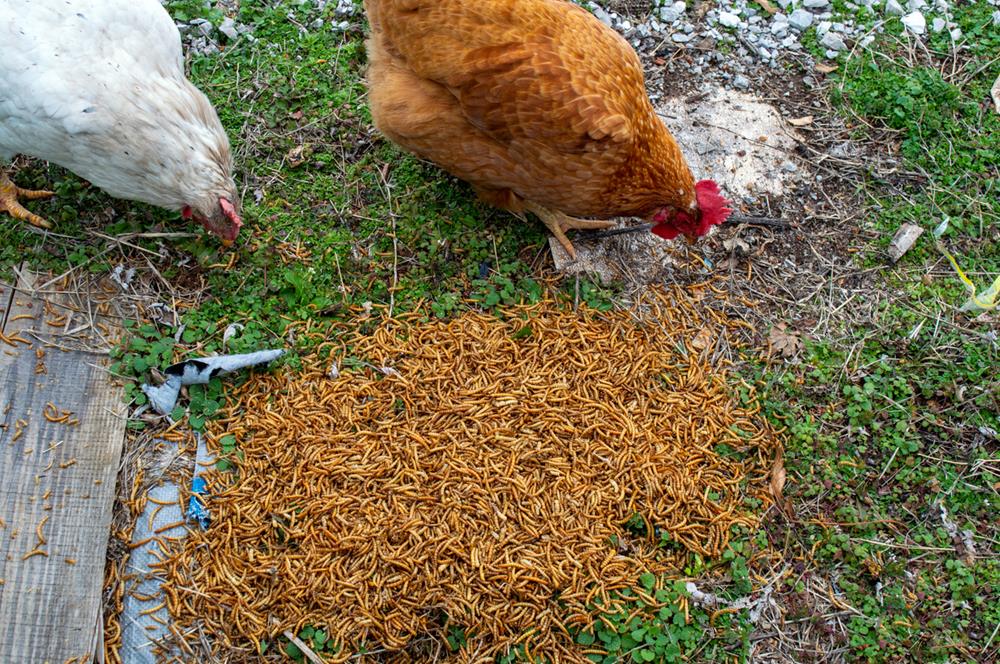
Pests are a common headache for farmers, but diverse animals can help keep them in check naturally. Chickens and ducks are excellent pest managers, gobbling up bugs, grubs, and slugs before they become a problem. Ducks, for example, thrive in damp areas, where they can patrol for slugs and insects. Chickens love to forage for insects in gardens and fields, reducing pests while aerating the soil.
Geese can help by weeding unwanted plants, and goats can clear thorny shrubs that might harbor pests. This reduces the need for chemical sprays, keeping your farm eco-friendly and safe for your family and animals. A simple system like letting chickens roam through your garden during the off-season can make a big difference in pest control, while also fertilizing the soil.
Enhanced Biodiversity
A farm with a mix of animals naturally attracts other forms of life. Beneficial insects, birds, and even small mammals flourish in the diverse environment you create. This biodiversity keeps pests in balance, encourages pollination, and contributes to a thriving ecosystem.
Different animals also interact with the environment in complementary ways. For instance, larger animals like cattle create disturbances that help new plants sprout, while smaller animals like chickens spread seeds and loosen the soil. The result is a dynamic, balanced system that supports the health of your farm.
Creating biodiversity isn't just about the environment—it's also rewarding for you. Watching a thriving system where animals and nature work together can be deeply satisfying. It's proof that a holistic approach can lead to success.
Efficient Land Management
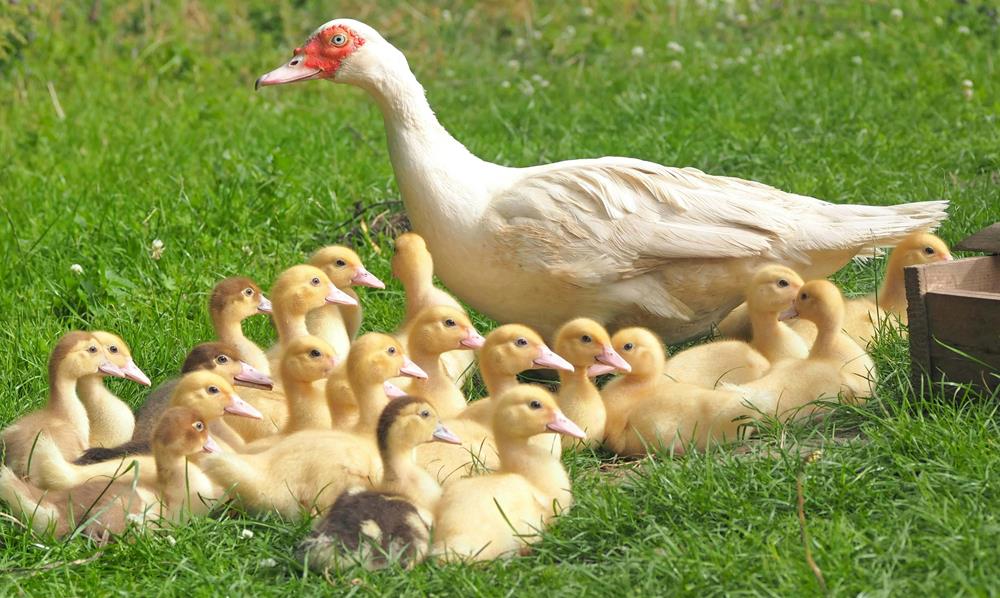
Using multiple species allows you to make the most of your land. By matching animals to specific areas and grazing needs, you can control overgrowth, manage vegetation, and even shape the landscape. Ducks can manage wet, marshy areas, while goats thrive on rocky terrain or steep hillsides. Each animal has its niche, and using them strategically can improve your farm's overall efficiency.
Temporary fencing is a simple way to guide animals where they're most needed. For example, you can rotate animals between pastures to prevent overgrazing or place them in areas where vegetation needs trimming. This not only makes your land more productive but also keeps your animals healthier by providing them with varied and fresh forage.
Varied Income Streams
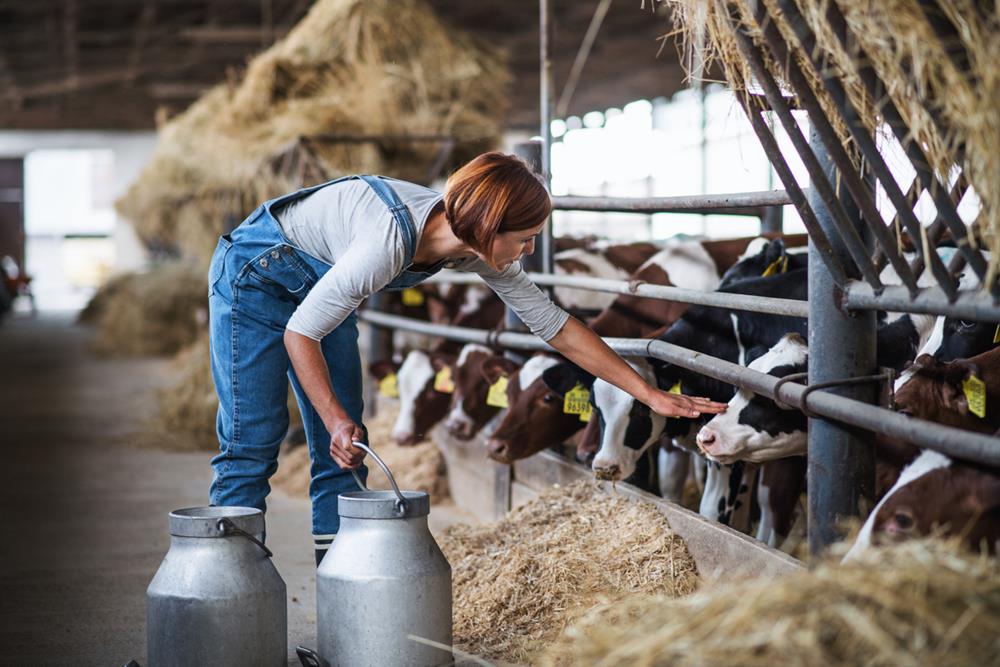
One of the best things about raising multiple types of animals is the variety of products they provide. Chickens give eggs, meat, and feathers; goats produce milk, meat, and even fiber like cashmere or mohair; and cattle offer milk, beef, and hides. This diversity creates multiple income streams, reducing your financial risks and helping your farm become more sustainable.
In addition to selling raw products, you can explore value-added goods. For example, goat's milk can be turned into soap or cheese, and chicken feathers can be used for crafts. Offering these items at local farmers' markets or online can attract customers looking for unique, high-quality goods.
Having a range of products also makes your farm more appealing to customers who want to support local agriculture. When they can buy eggs, cheese, and meat all from one source, they're more likely to return—and tell their friends about you.
Sustainable Nutrient Cycling
With multiple animals, you can create a nutrient cycle that's as efficient as it is sustainable. Different animals graze in different ways, spreading manure across your land and enriching the soil naturally. Rotational grazing ensures that pastures have time to recover, and animals' complementary grazing habits mean no plant type is overused.
For example, sheep might graze on the shorter grasses left behind by cattle, while chickens scratch through manure piles, spreading nutrients and eating parasite larvae. This system not only improves soil health but also reduces your reliance on fertilizers and other inputs, saving money and time.
Complementary Grazing Patterns
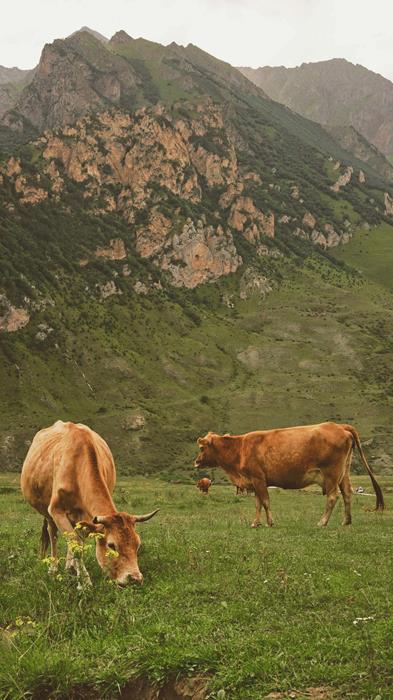
Each animal has its grazing style, and combining them can make your pastures healthier and more productive. Cattle eat tall grasses, goats handle tough brush, and sheep trim shorter plants. This natural teamwork keeps vegetation in balance and prevents any one plant from taking over.
Seasonal changes provide even more opportunities. In spring, cattle can graze on lush new grass while goats focus on shrubs just starting to leaf out. During drier months, sheep might take center stage, eating plants that are still green and palatable. By adjusting your grazing plan to the seasons, you can keep your animals well-fed and your land productive all year long.
Reduced Parasite Load
Parasites can cause serious problems for livestock, but a diverse mix of animals can help keep them in check. Many parasites are species-specific, meaning they can't survive in a different host. For instance, worms that target sheep won't thrive in cattle, breaking the parasite's life cycle.
Chickens add another layer of protection by eating parasite larvae in manure. By rotating animals through different pastures, you disrupt the life cycle of parasites even further. This natural approach reduces your need for chemical dewormers, saving you money and keeping your animals healthier.
Increased Farm Resilience
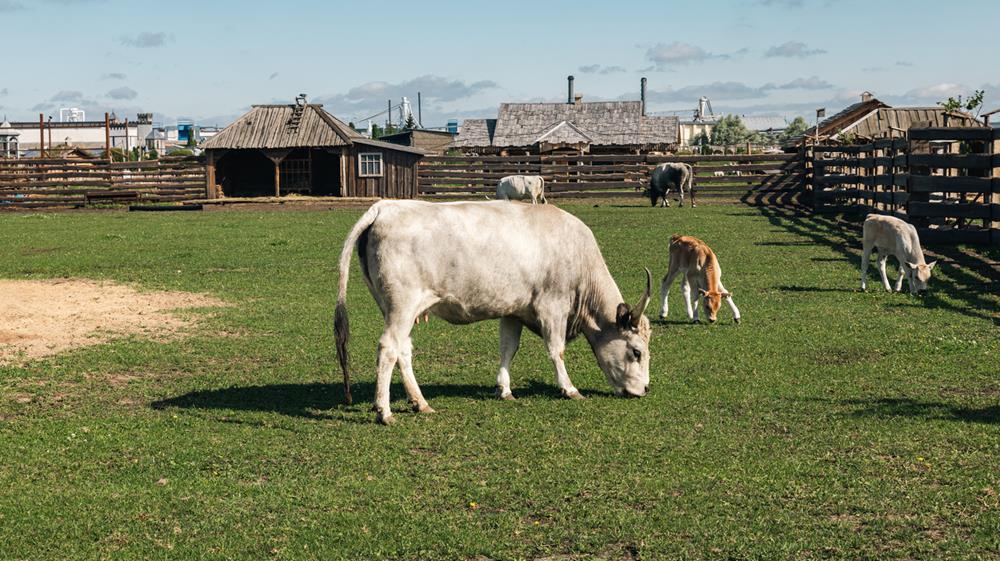
Farming comes with its share of challenges, from unpredictable weather to fluctuating markets. Having multiple types of animals makes your homestead more resilient to these ups and downs. If one product—like eggs or milk—becomes less profitable, you can rely on others to sustain your income.
Diversity also helps protect against disease. An illness that affects one species won't necessarily spread to others, reducing the risk of losing all your livestock at once. This built-in safeguard can be a lifesaver for small farms.
Finally, different animals thrive in different conditions. Goats can handle dry, rocky terrain, while ducks do well in wet areas. This adaptability means you're better prepared to handle environmental changes, ensuring your farm's long-term success.
Conclusion
Raising multiple types of animals on your homestead is more than a practical choice—it's a step toward sustainability, resilience, and abundance. From improving soil health and managing pests to creating diverse income streams, the benefits are clear and far-reaching.
Whether you're just starting out or looking to expand, consider the unique contributions each species can bring to your farm. By embracing diversity, you're not just running a homestead; you're building an ecosystem that supports your land, your animals, and your future.



